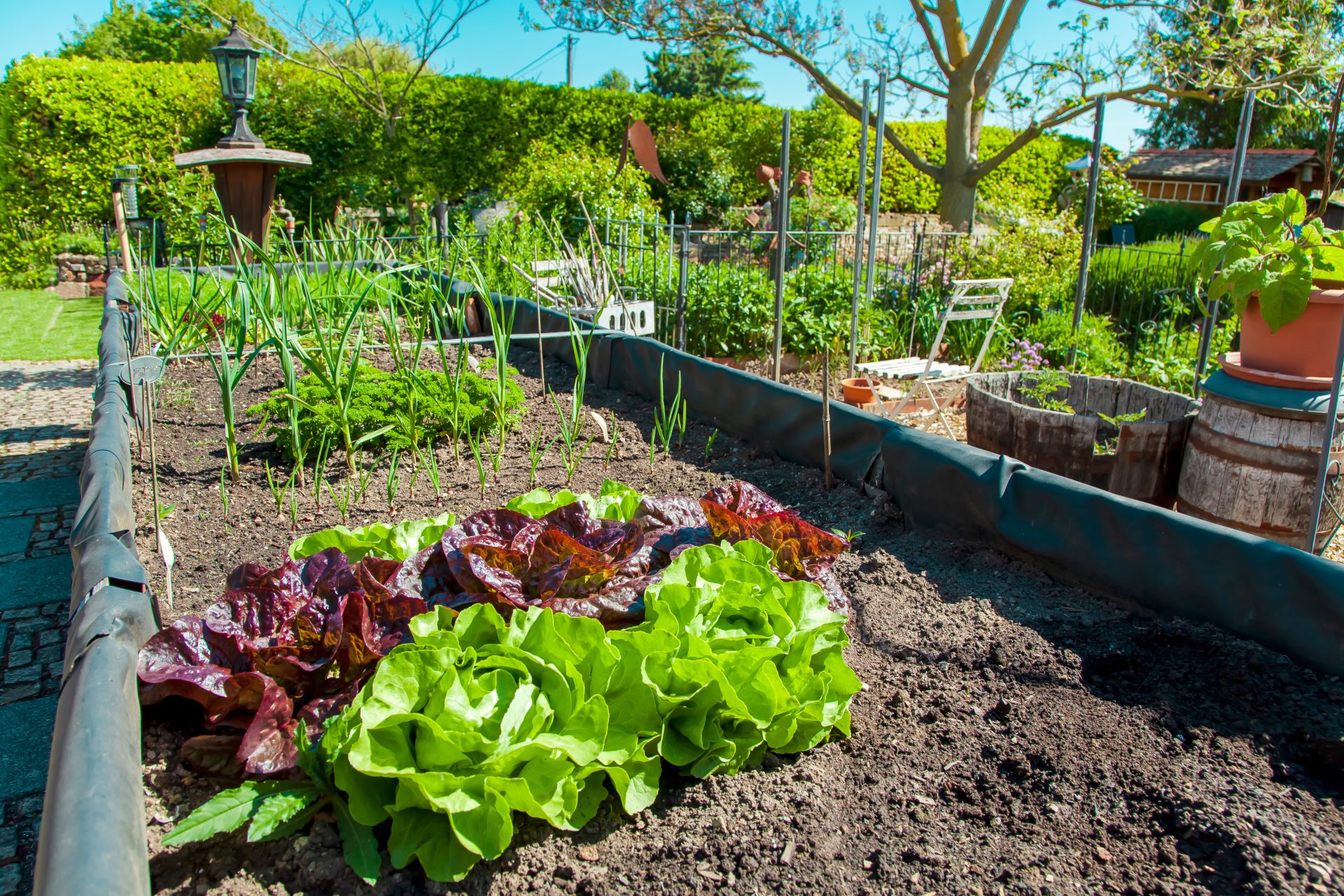By Karen Cohen
Well if you haven’t seen ramps yet on the local hillsides, you might get a whiff of them from a nearby neighbor cooking up a bunch for breakfast. Eggs, bits of bacon or ham, fried potatoes, and ramps just go together so well. Don’t forget the cornbread! That’s how we eat them. We are pickling bunches every year, too, and stuffed inside the cavity of a whole chicken while oven roasting will impart that onion/leek/garlic flavor.
Ramps will smell up your house but if you love these stinky perennial plants, you won’t mind at all. It’s best that everyone in a household eat some together. You know what they say about the family that eats ramps together… they stay together and stink together. Am I going a bit too far? Well, you tell me. I love the aroma of garlic, onions, leeks, and yes ramps.
According to a Google search: “Ramps are native to the deciduous temperate forests in the eastern Appalachian Mountains and are the first green plants to sprout in rich, moist, shady woods from late March to early May.” Ramps are part of the allium family and they have lots of vitamin A, C, and K1. Many local folks consider ramps a spring tonic. Fact is ramps are a source of probiotics. That means they do aid in digestion and some may say, they clean you out, plain and simple. There are ramp festivals all around this area and ramps are cooked by the bushel-full. Chefs love cooking with ramps and they are considered a seasonal delicacy.
Great news! If you find a patch of ramps, take just the leaf part and leave the white bulb underground. That will give it a chance to grow back next year. And guess what, ramps spread underground slowly on their own IF and only if you leave some behind when harvesting them.
Two years ago, I decided to experiment. After I picked and washed some bunches of ramps, I cut off the bottom part with the roots intact and saved those. I quickly blanched the rest of the ramps, leaves intact, in boiling water for 1 minute or less, and then placed them in ice water to cool off and stop the cooking process. Then I stuffed handfuls into a sterilized mason jar, filled it with heated apple cider vinegar and boiled water, a dash of salt, a few cloves of peeled garlic and screwed on the lids. Hand tightening the lids is all you need because as the jars cool off, the lids will tighten up on their own. You might even hear that familiar canning POP which means the lid has been sucked in as pressure inside builds up.
I took the root heels that I had snipped off and went back out into the woods to a new spot that received part shade/part sun and was covered with rotting, fallen leaves. I popped each little root into the ground, spaced about eight inches from one another, covered with a top layer of soil and dead leaves. I put white plastic markers in spots so I could look for them in the following spring. Last year, the ramps came up where I had planted the cut pieces. I was thrilled! An obvious conclusion which I didn’t know until this experiment, was that you could plant ramps this way, and they do grow. I had tried growing ramps from seeds many years ago. I bought some at the state fair. They never germinated so I assumed ramps were too fussy about needing certain conditions to thrive. This is a foolproof way to get more ramps every year. Try it! It works.
• 84th Ramp Feast of the Ramson Ramp Festival/Art Show April 22 in Richwood, WV
• StinkFest 2023 Apr. 22 The Wild Ramp in Huntington, WV
• Ramps and Rail Festival Apr. 29 Elkins Depot Welcome Center, WV
• Ramp it Up Festival May 6 ACE Adventure Resort, Oak Hill, WV
For a complete list of ramp dinners/festivals visit www.wvexplorer.com/recreation/agritourism/ramp-dinners-festivals
(Karen Cohen is an organic home gardener, seed saver, and avid forest bather. Email your tips, comments and seed swap lists to natureswaykaren@gmail.com. And happy gardening!)




